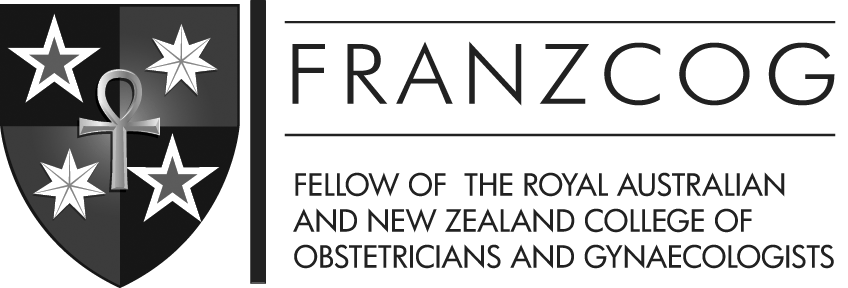Endometriosis
Endometriosis is a common gynaecological condition in women of reproductive age. The average age of diagnosis is 27 years.
What is endometriosis?
It occurs when the glandular tissue of the inner lining of the uterus (endometrium) grows outside the uterus. It can be in the ovaries, tubes, vagina, cervix, vulva, caesarean section scar, bladder or bowel. In rare cases it can affect other parts of the body such as the diaphragm, lungs, brain and skin.
Causes
The exact cause of endometriosis is not known. There are several theories but none that explains all the findings.
Symptoms
Patients may experience various levels of
- pain in the lower abdomen, back or in the pelvis during menstruation
- pain during intercourse,
- heavy menstrual bleeding,
- abnormal bleeding between periods,
- painful bowel movements or urination and
- infertility
- tiredness/fatigue
Diagnosis
Endometriosis may be suspected in medical history but definitive the diagnosis can only be made by doing a laparoscopy so it is often delayed several years from the onset of symptoms.
Investigations
If endometriosis is suspected an ultrasound will be requested to assess for severe endometriosis. Occasionally MRI or CT scans will be requested as well. There are only a few ultrasound providers that specialise in endometriosis and we may refer you to one of these.
Laparoscopy
The only way to confirm the diagnosis of endometriosis is by visualising it during laparoscopy. A diagnostic laparoscopy (key-hole surgery) is a day procedure under general anaesthesia. Laparoscopy involves a thin long camera that is inserted through an incision in the abdomen. A biopsy is often taken for histopathological testing.
Pain medication for endometriosis
Over the counter pain relievers may be helpful for mild pain, such as non-steroidal anti-inflammatory medications or Paracetamol.
Other forms of analgesia may be required.
Hormonal treatment for endometriosis
Hormone treatment is recommended for mild endometriosis symptoms. This can be in the form of the oral contraceptive pill, mini pill, Implanon, Progesterone based IUD or injections. Visanne is a progestogen pill used for treatment of endometriosis but it is not considered contraceptive.
Hormone treatment can suppress the activity of endometriosis or decrease recurrence after surgical treatment. This is not appropriate when trying to conceive.
Surgery for endometriosis
Surgery is the best option for women with infertility, as well as those with severe pain.
Surgery is an option for women who have:
- large cysts
- severe pain
- fertility problems
- pain during intercourse
Laparoscopic treatment of endometriosis
Endometriosis surgery is most often done laparoscopically. If endometriosis is present it can be treated with diathermy (burning) or removed. Excision of endometriosis is known to be the optimal treatment for endometriosis.
Laparoscopy has also been shown to improve fertility. An increased pregnancy rate is observed for up to 12 months following excision of endometriosis. Some women may still require IVF to achieve a pregnancy.
Hysterectomy
Pelvic clearance operation and
hysterectomy is another option reserved for women who do not desire fertility, or who experience very severe symptoms.
Hysterectomy involves the removal of the uterus. It is done when there is significant pain and generally when other options have failed.






